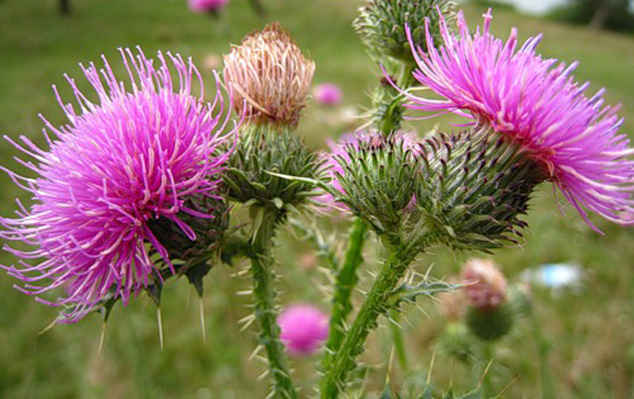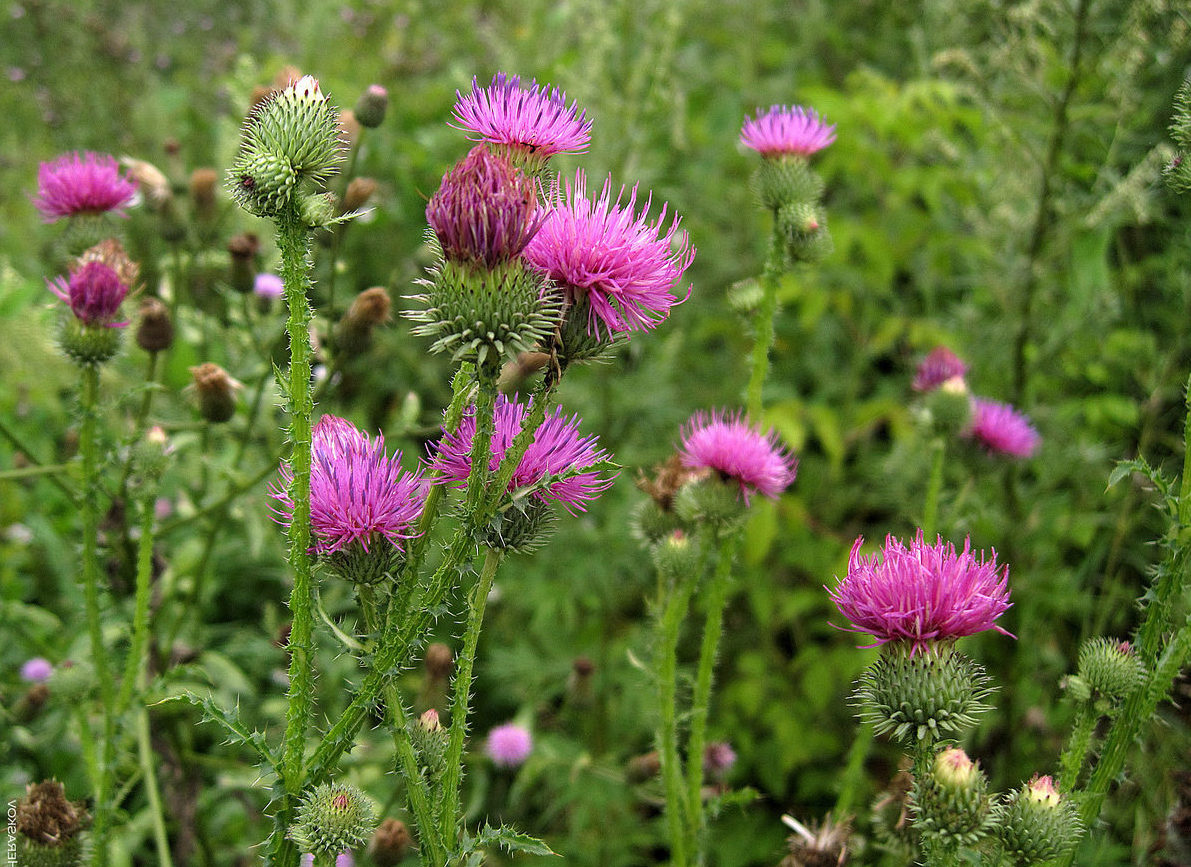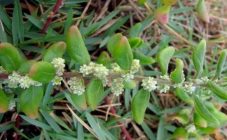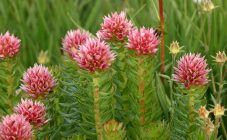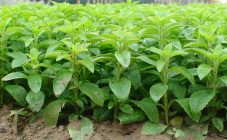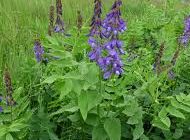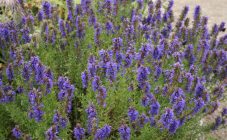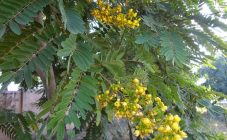Content:
This plant is called the prickly healer. Milk thistle preparations have pronounced regenerating properties. Treatment with this plant can cleanse the body and rid it of dangerous diseases. Readers will be interested to know what the appearance of milk thistle herb, its properties and uses.
Description of the plant
Milk thistle is a plant of the Astrov family. It reaches a height of one and a half meters. The main difference between milk thistle and other plants of the family is the presence of thorns that cover the leaves. They have white spots in green that look beautiful.
Flowering begins in mid-summer. The flowers are pink, rarely white. They are concentrated in spherical baskets. The seeds taste somewhat bitter.
Milk thistle herb is common throughout the planet. Prefers sunny areas, fertile soils. It grows rapidly on wastelands and roadsides. In order to obtain raw materials for the production of drugs, it is planted in large plantations.
Features of varieties
There are such varieties of milk thistle:
- Panacea... The plant is characterized by high growth, long basal leaves. Grows on light and fertile soils. Up to 62 kg of seeds can be harvested per hectare.
- Boykovchanka... This is a mid-season plant variety, it is tall (up to 190 cm). Productivity - up to 150 kg per hectare. Differs in a high content of the alkaloid silymarin.
- Debut... It grows on almost all types of soil, is distinguished by its high growth and oiliness.
- Amulet grade - not only high-yielding, but also can be used in the garden for decorative purposes.
The plant can be grown in the garden. It is unpretentious, resistant to drought and frost. Propagated only by seeds, which are planted in moist soil at the end of April. The depth of the groove is no more than 4 cm.
Seedlings appear in 7-10 days. They need to be weeded periodically. In order for the plant to branch better, it must be pinched. Dried and affected leaves are periodically removed.
Milk thistle is not affected by pests. Grows in any soil, except for wetlands. Loam is most suitable for her.
Plant properties
The flavonoid silymarin is of the greatest value. It has a pronounced hepatoprotective and antioxidant effect. Strengthens the intensity of regenerative processes in the liver, helps to fight inflammation. The use of milk thistle prevents the penetration of toxins into the blood.
In total, milk thistle contains more than 200 biologically active substances: vitamins, trace elements, alkaloids, glycosides, resins, amino acids, mucus.
It should be used as an intensive hepatoprotective agent. Research shows that the herb milk thistle meal stimulates the formation of bile, has a beneficial effect on the body in the treatment of cirrhosis and hepatitis. Helps relieve symptoms of poisoning, including alcohol.
Preparations from this herb are prescribed for:
- alcohol dependence (as part of a comprehensive treatment course);
- the presence of stones in the gallbladder;
- spleen diseases;
- the presence of sand and kidney stones;
- poisoning with poisonous mushrooms (in this case, the patient is prescribed injections of milk thistle preparations, since they can quickly neutralize dangerous poisons);
- oncological pathologies (to neutralize the side effects of chemotherapy);
- atherosclerosis (milk thistle can help lower blood cholesterol);
- chronic cough;
- radiculitis and salt deposition;
- anemia;
- diseases of the stomach and intestines;
- injuries (helps to accelerate bone fusion);
- skin diseases;
- allergic reactions (reduces the production of histamine).
If a person is assigned the herb of milk thistle, the instruction must be read. A person may have an individual intolerance to this medication. Preparations from this plant are forbidden to be taken for mental disorders, depression. They are contraindicated in pregnancy.
In folk medicine, a decoction from the roots of the Maryin Tatarnik is widely used. It is used for seizures and to stop severe diarrhea. Effective as a pain reliever for radiculitis.
From the leaves of the plant, juice is obtained, which has a beneficial effect on the gastric mucosa and prevents the development of inflammatory processes, comes to the rescue in case of pain.
Diseases and pests
For a long time of cultivation of thistle, problems with pests and diseases did not arise.
Collection, preparation of grass
Milk thistle is collected according to certain rules:
- The seeds are harvested from August to mid-October. Raw materials will be ripe if yellowish-white fluff appears on the baskets.
- The roots must be harvested in the fall, when all the seeds are ripe. They need to be carefully dug out, separated from the stem, and washed.
- Leaves are harvested in autumn. Usually they are cut off.
- It is forbidden to pluck the aboveground parts of the plant in high humidity and in rainy weather.
- The collection point must be clean, away from motorways and landfills.
The plant must be properly dried so that it does not lose its medicinal properties. The boxes are dried on a wire rack or wire mesh. They must be laid in one layer. Drying should take place in a shaded area. Leaves are dried outdoors and under a canopy. The temperature should not exceed 40 degrees.
Milk thistle is a very valuable medicine for many diseases. All parts of the plant are used for medicinal purposes. A distinctive feature of milk thistle is its resistance to pests and diseases. The drying regime and storage conditions practically do not differ from other medicinal plants.
